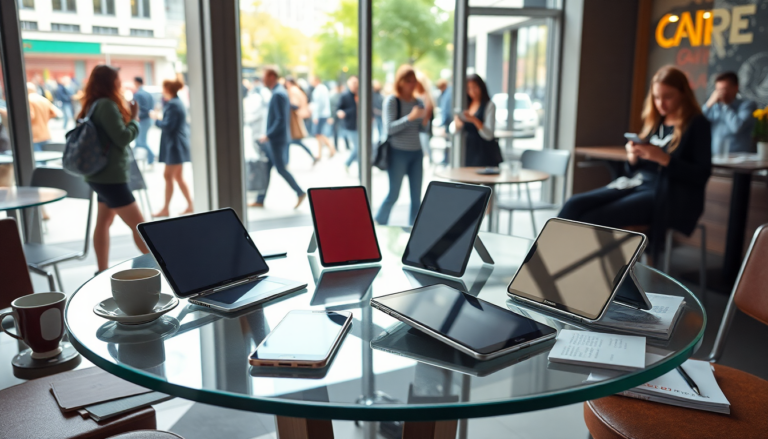Argomenti trattati
Let’s face it, the bold promises of foldable phones have left many of us in a state of confusion, wondering if we’re just being suckered into another overpriced gimmick. In 2025, brands like Samsung, Google, OnePlus, and others are pushing out foldables that are supposed to revolutionize our daily tech. But really, is it just a shiny new toy? While these devices flaunt their ability to transform from phone to tablet, you have to ask yourself: are we living in a tech utopia or a dystopian nightmare?
The allure of extra screen space
First off, let’s talk about the obvious perk: the screen real estate. When you crack open a Galaxy Z Fold6 or a Pixel 9 Pro Fold, you’re not just getting a bigger screen, you’re getting a mini tablet that fits in your pocket. Multitasking? Oh please, it’s practically a religious experience when you can run two apps side by side without squinting like a blind bat. I mean, who wouldn’t want to draft an email while watching cat videos on a larger display? But don’t kid yourself; this convenience comes with a hefty price tag, and I’m not just talking about dollars.
Flagship specs but at what cost?
These foldables are packed with specs that would make any tech geek drool. They come armed with top-tier processors and an impressive promise of five or more years of software updates. The cameras are supposedly on par with traditional smartphones, and the battery life—well, it’s decent enough to last a day of mixed use. But here’s the kicker: despite all these high-end features, the durability of these gadgets is still up for debate. You might feel like you’re holding the future in your hands, but one wrong move, and you could be looking at a shattered screen or a hinge that squeaks like an old door.
Pricey pitfalls
Let’s not sugarcoat it—the price remains a massive hurdle. Even the entry-level models like the Motorola Razr 2025 are flirting with the two-thousand-dollar mark. If you’re the kind of person who values performance over novelty, it might be wiser to stick with a high-end slab phone. And let’s be real, when these foldables are opened up, they’re thicker and heavier than their traditional counterparts, which can feel like you’re carrying around a brick instead of a sleek phone.
Productivity on the go
For those working remotely or students drowning in assignments, a foldable can be a game-changer, replacing both your smartphone and tablet. You can use the cover display for quick tasks and flip it open for serious spreadsheet work or video calls. But let’s not forget, the learning curve can be steep. And if you’re someone who prefers simplicity, you might just end up frustrated rather than productive.
The gaming and streaming experience
Now, let’s talk about gaming. The larger screens and controls can enhance your gaming experience, but do you really need a foldable for that? Watching shows on a tablet-sized screen without a separate device can feel convenient, but once again, is it worth the investment? And if you’re into photography, sure, editing on a larger screen has its perks, but most people are just snapping selfies and calling it a day.
Stylus support and creative uses
Some of these gadgets come with stylus support, which can be a blessing for artists and serious note-takers. But let’s be honest: how many people actually use their phones for sketches or detailed notes? It’s like buying a Ferrari just to drive to the grocery store—overkill, right?
Should you take the plunge?
If you’re absolutely hungry for innovation and need that extra screen space, then sure, a foldable phone might be worth your while. The Galaxy Z Fold6 stands out with its refined hinge and robust software support, while the Pixel 9 Pro Fold brings Google’s AI features to the table. The OnePlus Open offers a slightly less painful entry point, and the Oppo Find N5 is a sleek choice for design aficionados. But if you’re looking for something rugged, reliable, and easier on the wallet, sticking with a high-performance slab phone might be your best bet. Not everyone is ready to embrace the folding revolution, and frankly, that’s okay.
The foldable phone landscape in 2025 is a mixed bag—offering tangible benefits in productivity, entertainment, and creativity while simultaneously carrying the weight of high prices and questionable durability. When shopping this year, consider what you truly need versus what sounds cool. For some, the thrill of unfolding a tablet-like display is worth every penny. For others, a classic flagship phone remains the practical choice. So, what’s it going to be?

